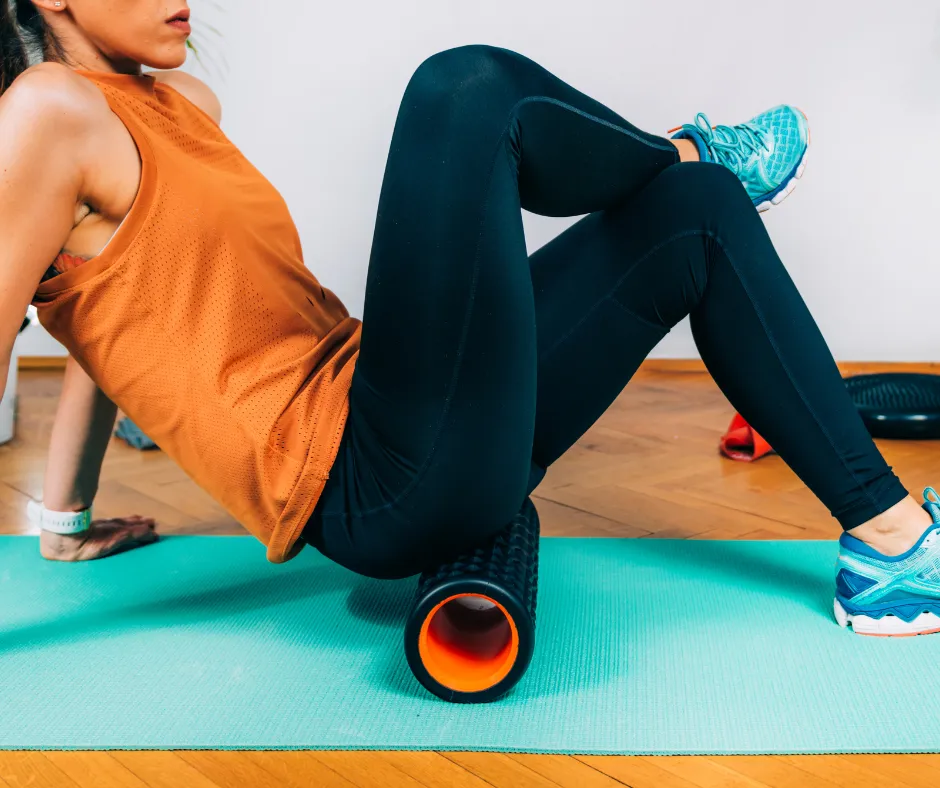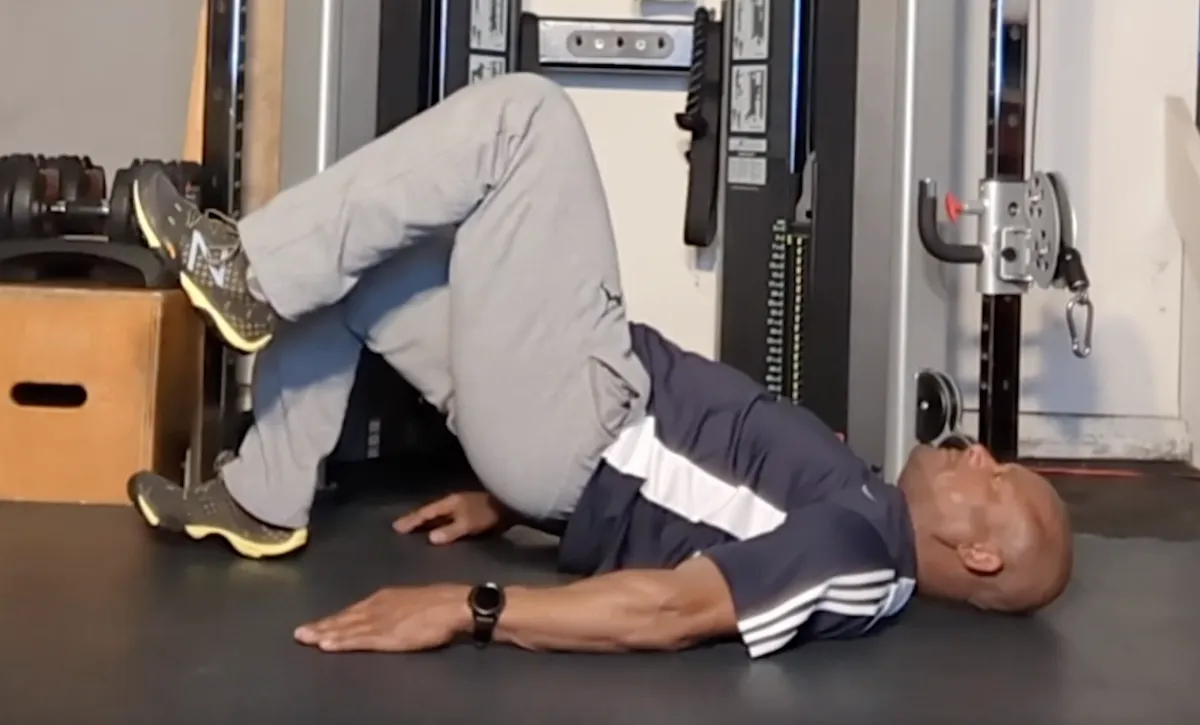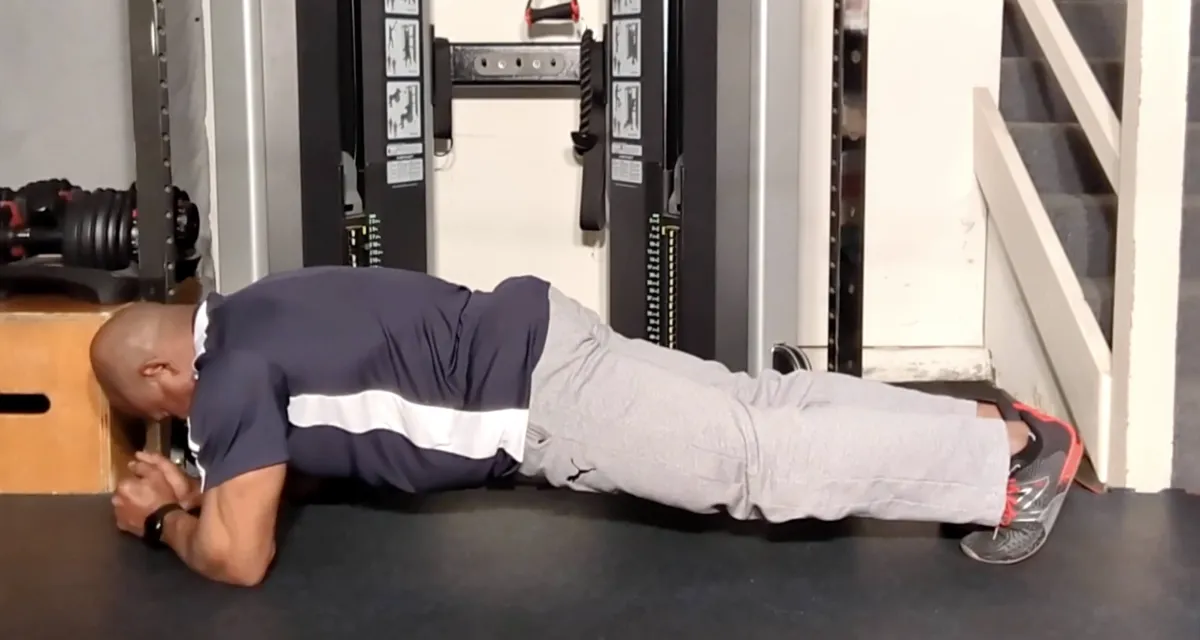
RESOURCES

Foam Rolling Myths Debunked: Separating Fact from Fiction
Foam rolling, a popular self-myofascial release technique, has gained significant traction in fitness and rehabilitation communities. However, with its rise in popularity, several misconceptions have emerged. Let's debunk some of these common myths and shed light on the facts.
Myth 1: Foam Rolling Breaks Down Scar Tissue and Adhesions

Many believe that foam rolling physically breaks down scar tissue or adhesions within muscles. In reality, scar tissue is composed of dense collagen fibers that are not easily altered by external pressure. The force exerted during foam rolling is insufficient to structurally change these tissues. Instead, foam rolling likely works by temporarily reducing muscle tension and improving tissue mobility through neurological mechanisms.
Myth 2: Foam Rolling Eliminates Muscle Soreness Overnight
While foam rolling can provide temporary relief by increasing blood flow to muscles and reducing perceived soreness, it's not a magical cure that eradicates muscle soreness instantly. It's more effective as a preventive measure or as part of a comprehensive recovery routine.
Myth 3: Foam Rolling Replaces Stretching
Some individuals assume that foam rolling can substitute traditional stretching exercises. However, while foam rolling can enhance muscle flexibility, it doesn't replace the benefits of stretching. Both practices serve unique purposes and, when combined, can lead to improved muscle function and reduced injury risk.
Myth 4: Foam Rolling Must Be Painful to Be Effective
The notion "no pain, no gain" doesn't apply to foam rolling. While some discomfort might be experienced, especially in tight areas, excessive pain can lead to muscle guarding, counteracting the benefits. It's essential to apply appropriate pressure and listen to your body's signals to ensure a beneficial experience.
Myth 5: Foam Rolling Lengthens Muscles
Foam rolling doesn't physically lengthen muscles. Instead, it influences the nervous system, leading to a temporary reduction in muscle tension and an increased tolerance to stretch, which can create a feeling of increased flexibility.
It’s important to have a clear understanding of the facts about foam rolling, ensures that individuals can utilize this tool effectively within their fitness and recovery routines. By dispelling these myths, we can appreciate foam rolling for its actual benefits and integrate it appropriately into our wellness practices – self-care.
Sheila Mann's Testimonial
Sheila Mann doing Suspension Strap Push-ups on an elevated Single Leg.
Just another Saturday Workout Part 2
Spray Tan Fitness
Dreams or Goals
Intro to Self-Myofascial Release
Self Massage using the Energy F X Tube (Upper Body)
Self-Massage for Lower Body using Energy F X Tube (IT Band , Glutes)
Level 3
This is our advance level. In this level you will be asked to increase the challenges to your strength, balance and to some degree, your conditioning. We continue to focus on the major joints of the body (hips, shoulder, and knees) with the added challenge of resistance. This level also includes the added challenge of coordination, as many movements require the integrated movement of both upper and lower body.

Level 4
This is our premium level. In this level you will be asked to significantly challenge your body through increased demands on your functional core strength in movements that will significantly challenge your balance and strength simultaneously. Here we will ask you to begin to optimize your balance, core activation, and improved range of motion in a functional aspect – integrated movement of both upper and lower body, but at a higher level of accountability.

